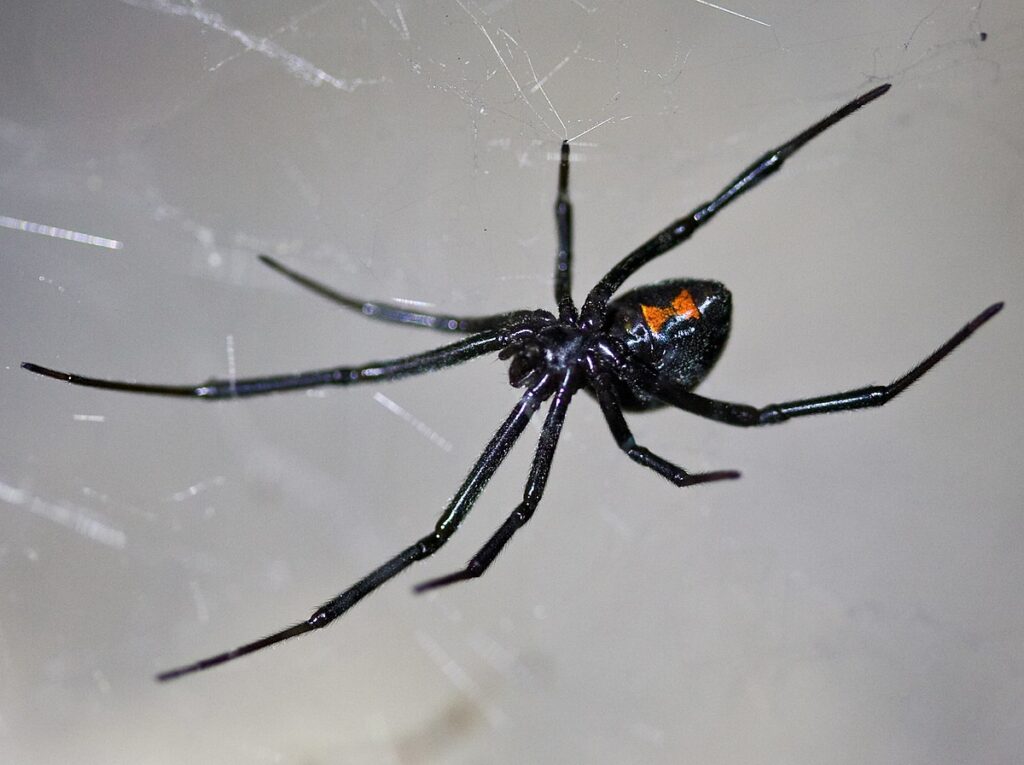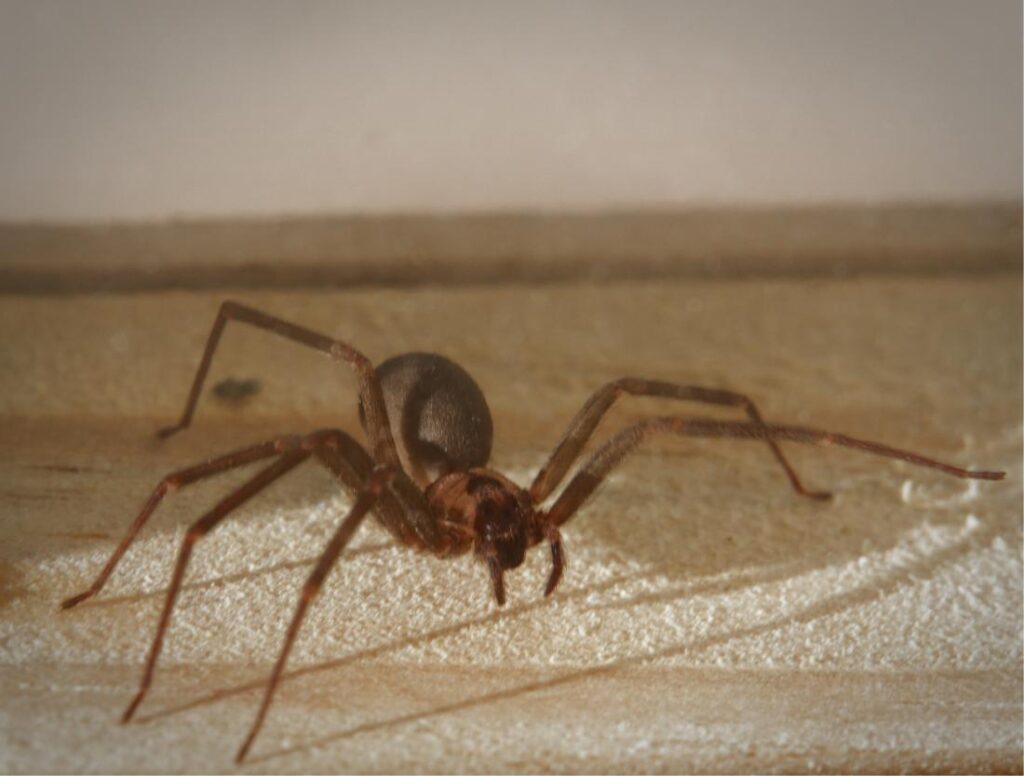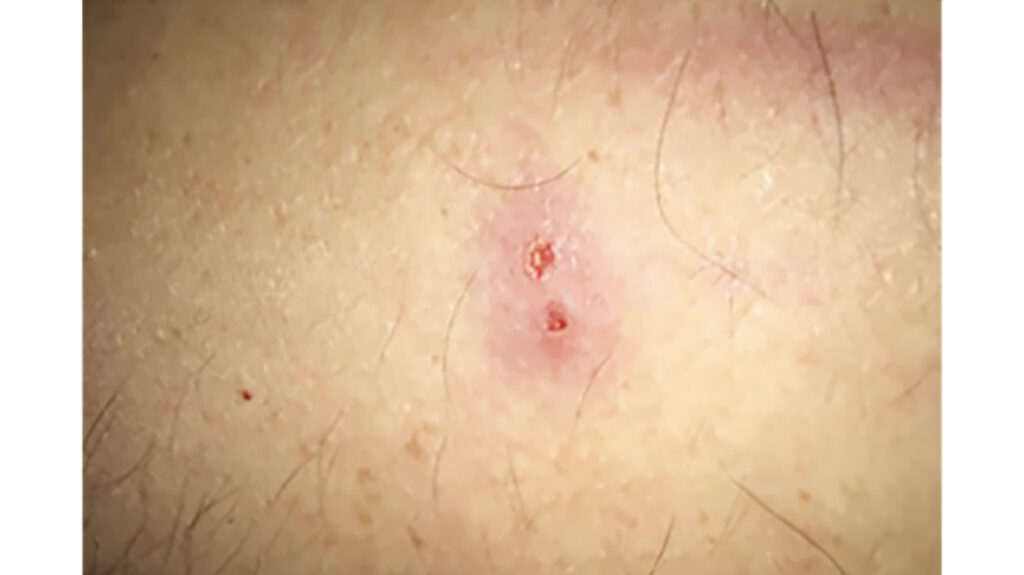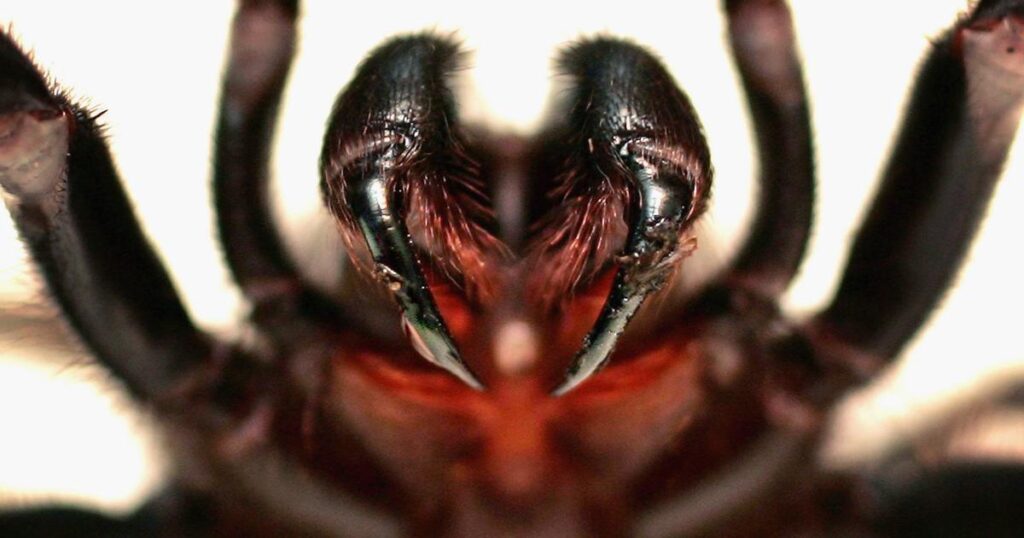Spiders are always a nightmare for all. Spiders bite very rarely. But it is very dangerous and you need to take immediate action when you encounter a spider bite. You need to know the diagnosis and treatment of spider bites to stay safe.
Almost all spiders are venomous. They bite rarely because their fangs are very small and can’t penetrate into the human body easily. But if a spider bites you, never take it as a silly matter. Serious problems occur with the bites from Brown Spiders and Widow Spiders. Regular cleaning is the best method to prevent spiders from your home.
If you feel a huge spider infestation contact a pest control professional for help. The New Star Pest Control and cleaning services in UAE is one of the best pest control companies. It is municipality approved and provides services across Dubai, Ajman, Sharjah, and Abu Dhabi.
The 3 most dangerous spiders
More than forty thousand species of spiders have been identified in the world. Spider bites are usually harmful to people so they should be taken seriously. Diagnosis and treatment of spider bites. Few of the spiders are poisonous. So, learning more about poisonous spiders will help you to seek medical attention immediately.
The most venomous spiders are,
1. Black widow spider

These are one of the most dangerous spiders in the world. They have a black hairless body and a red mark on their abdomen. When these spiders are disturbed they become aggressive and bite and inject a neurotoxic venom alpha-latrotoxin. Some bites may be painless initially and develop severe pain within 30-60 minutes.
2. The brown recluse spider

They are in golden or dark brown color with long legs. These spiders have a dark violin-shaped mark on their heads and hence, it is called violin spiders. People are usually bitten by wearing clothes and shoes with spiders in them. Bites of these brown recluse spiders are most dangerous to children and elderly people. And it may be painless initially and become inflammatory, hemorrhagic, and painful lesion later.
3. Hobo spiders

Hobo spiders have a gray V-shaped pattern on their bellies. They are seen in frequent areas such as retaining walls, holes, or where tall grass meets the foundation where they can make their characteristic funnel webs. Houses with old or broken door sweeps, windows/screens, no weather stripping around exterior doors, foundation cracks, etc., are at greater risk for hobo invasion.
Also, read;
Spider Control at Home: How to get rid of Spiders
Signs and symptoms of spider bites
Spiders bite very rarely while comparing with the bites of other pests. The fangs of most spiders are small so they can’t inject onto human skin. The signs and symptoms of spider bites vary depending on the type of spider. The most common symptoms of spider bites are redness, swelling, and pain in the bite area.
As we discussed above bites from the black widow, brown recluse, and hobo spiders are more serious. It may cause symptoms like trouble breathing, severe headache, and painful muscle cramps. When one of these spiders bites you get the medical attention as early as possible.
Signs of a black widow spider bite include difficulty breathing, headache, nausea, and vomiting, increased saliva production, painful muscle cramps, itchy skin rash, and stiffness in the stomach, shoulders, chest, and back. Diagnosis and treatment of spider bites.

If you encounter a brown recluse spider bite you might feel pain an hour after the bite. At the sight of a bite, a blister surrounded by a reddish skin color will develop. Also, the itchiness will feel in the bite area or all over the body.

The bite of the hobo spider rarely causes pain. Main symptoms include severe headache within minutes after the bite. It may last for a week. The bite area becomes hard within 30 minutes.

First aid treatment for spider bites
Most of the spider bites will heal themselves. Diagnosis and treatment of spider bites. If you feel any of the above symptoms seek medical attention as soon as possible. First aid treatment of spider bites include
- Clean the wound immediately with any mild soap and water
- To prevent infection, apply an antibiotic ointment at least two times a day
- To reduce pain and swelling use a cool compress with ice or water in a cloth.
- Elevate the affected area, if possible.

